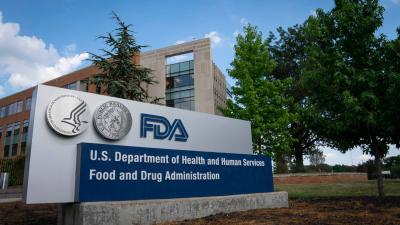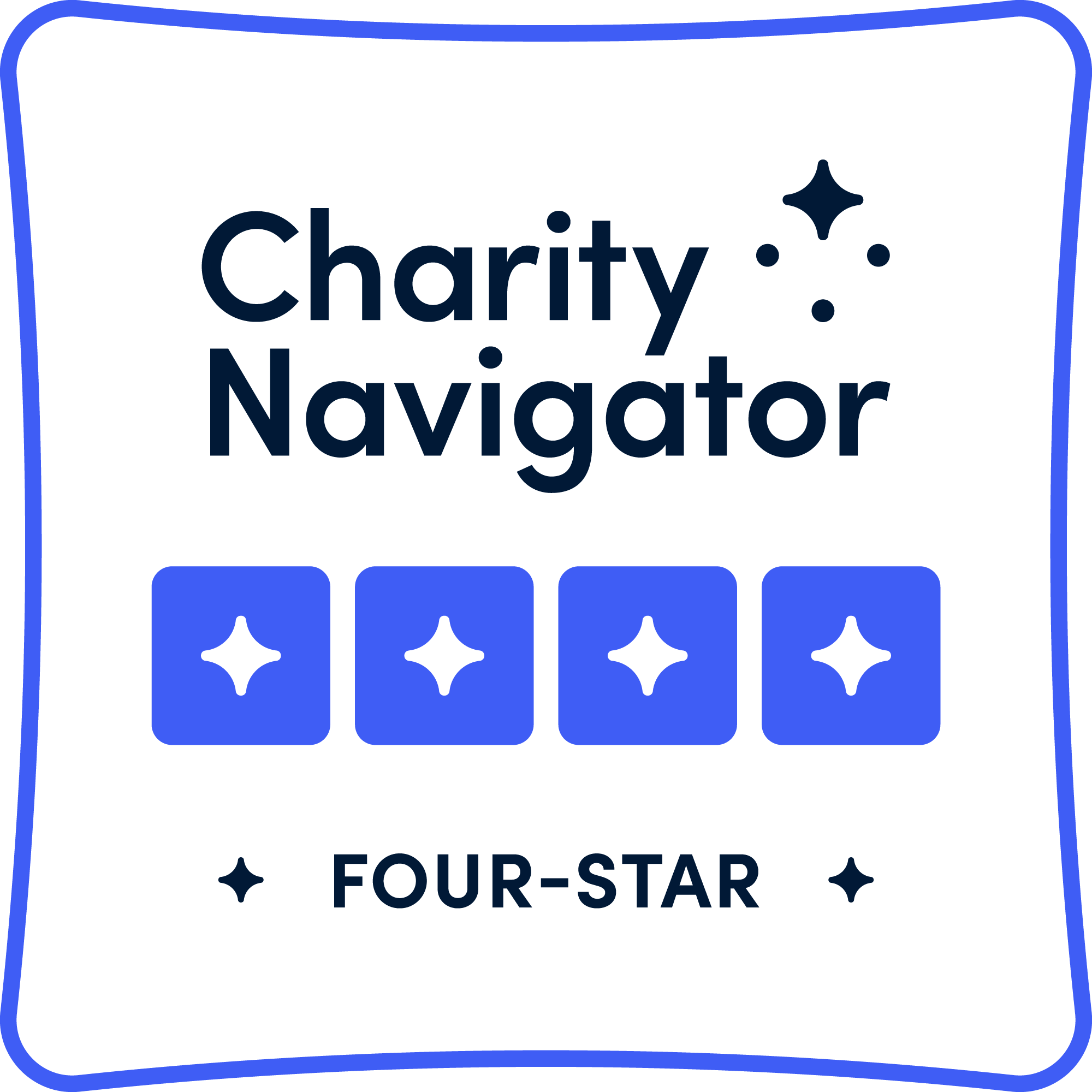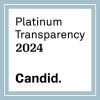Physicians Committee Promotes Modernized Test Methods at Society of Toxicology Annual Meeting
Toxicologists study the effects of chemicals, drugs, and other products to assess potential harms to human health or the environment. The Physicians Committee promotes the use of nonanimal toxicological test methods, because they can be faster, more cost-effective, and human-relevant, and will allow us to collect much more information than we can currently using expensive, slow animal tests.
The Society of Toxicology (SOT) annual meeting is the world’s largest gathering of toxicologists, and the Physicians Committee actively participates every year. Last year, we presented on Adverse Outcome Pathways as part of a continuing education session and held a hands-on training on the same topic. Adverse Outcome Pathways are a framework to collate information on how chemicals affect biological systems (like cells, tissues, and organs) and support the development of predictive nonanimal tests.
This year, the meeting will be held March 12-16 in Baltimore, Md, we are again hosting or co-sponsoring multiple events to engage and train toxicologists and regulatory scientists with scientific and policy initiatives to replace animal tests with more human-relevant methods. These include stakeholder discussions of progress in reducing or replacing pesticide lethal dose and skin irritation tests, regulatory reform of the pharmaceutical sector, and a four-hour training on the use of “read-across” to predict the toxicity of certain chemicals based on their chemical structures.
Here’s a select list of Physicians Committee-sponsored ancillary meetings or events. If you are attending SOT, we invite you to attend or contact Kristie Sullivan (ksullivan [at] pcrm.org) for more information.
Sunday, March 12
Read-Across: Case Studies, New Techniques, and Guidelines for Practical Application
1:15-5:00 PM
Baltimore Convention Center
Chairpersons: Kristie Sullivan, Physicians Committee for Responsible Medicine & Mark Cronin, Liverpool John Moores University
Abstract: The relationship between structure and activity has been exploited in the hazard characterization of chemicals for several decades, including specifically the practice of “reading across” or applying toxicity data from one or more chemicals to another with a similar structure to fill a data gap. Read-across is currently a useful strategy to increase our understanding of chemical hazard without de novo testing. However, expertise, application, and acceptance of the results of a particular read across vary within and among organizations and geographical regions. There are a number of reasons for this, including regulatory or legislative drivers, an increasing motivation to expand the use of non-testing strategies, and minimal consensus around how to weigh evidence and address and express uncertainty. Recently, multiple stakeholder organizations have contributed to active and robust discussions on read across in a variety of venues in an effort to build consensus around these issues. This course will update participants on those efforts and provide practical guidance for conducting read-across for regulatory use, including across different regulatory regions. Speakers will present experience-driven case studies to share best practices and communicate the state-of the-art for structure-based read-across, while looking ahead at how results from New Approach Methodologies including in vitro, “omics,” and high throughput/content methods may be incorporated into a read across to improve its outcome.
Tuesday, March 14
Hands-On Seminar: Creating an Adverse Outcome Pathway in the AOP Wiki
5:00-7:00 PM
Hyatt Regency Baltimore
Constellation Ballroom A
Deepen your understanding of the AOP Wiki and gain experience entering an Adverse Outcome Pathway in a structured, hands-on seminar Tuesday evening.
Version 2.0 of the AOP Wiki was released in November 2016, and this seminar will be ideal for those wishing to gain some hands-on experience with the new version as well as those who are new to the AOP concept.
See full agenda and please register in advance to ksullivan [at] pcrm.org (ksullivan[at]pcrm[dot]org).
Wednesday, March 15
Driving Innovation in Preclinical Pharma Testing: Takeaways and Opportunities Following the 2017 Preclinical Innovation and Patient Safety Roundtable
6:45-7:45 AM
Hilton Baltimore
Room Tubman A
DiscoverX and the Physicians Committee for Responsible Medicine invite you to join us for breakfast and discussion on improving preclinical testing through scientific innovation, regulatory updates and training.
On January 11, 2017, stakeholders from federal agencies, the pharmaceutical industry, academia, health, research and patient organizations, and technology companies attended the Preclinical Innovation and Patient Safety Roundtable to discuss scientific, legal and training issues that stifle preclinical innovation and negatively affect patients. This meeting will highlight key takeaways and recommendations for next steps.
Please RSVP to ebaker [at] pcrm.org (ebaker[at]pcrm[dot]org).
Alternative Approaches to Systemic and Topical Toxicity: Making Progress on the EPA OPP Six-Pack
5:00-6:30 PM
Sheraton Inner Harbor
Loch Raven room
This open stakeholder discussion will feature presentations and discussions highlighting work to reduce and replace in vivo testing for the “six-pack”, a set of six acute systemic and topical toxicity tests required by the EPA Office of Pesticide Programs for pesticide active ingredients and formulations. These tests include: acute oral, dermal, and inhalation toxicity, skin and eye irritation, and skin sensitization.
The evening will focus on two specific elements of this ongoing work: 1) a pilot effort to reduce formulation testing using the GHS Additivity Equation for acute systemic toxicity, and 2) in vitro methods for skin and eye irritation. Ongoing work to provide predictive analysis of the in vitro methods and necessary next steps will be discussed.
The participation of all stakeholders wishing to learn more or get involved is highly encouraged.








